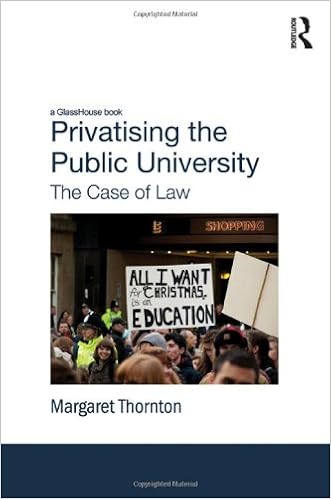I will be speaking on "
Using an ePortfolio to capture students’ skill sets to align to workplace" at the
Higher Education Leaders Congress, as part of Edutech 2018, in Sydney, 2pm, 8 June in Sydney:
- "Discover innovative education techniques to teach students how to better communicate with employers and people
- Learn how to build your students confidence and capture their skills set to become more job ready
- Discover how to provide formal postgraduate education to students in their workplaces via mobile devices"
Teaching students to communicate with employers
There is one simple way to teach students to communicate with employers: get them to practice communicating with employers and assess them on this. Students can practice with written and face-to-face presentations. One overlooked aspect is remote communications. Recently one of my teams said their client would be overseas, so the could not have meetings only email. I pointed out that it was possible to have a "meeting", by email, providing the discussion was suitably structured and documented. The documentation is not just a copy of all the emails, but an agenda beforehand and a set of minutes with what was discussed and what was decided after.
Build your students confidence
Confidence comes from practicing a skill, under more difficult and realistic circumstances. With one team of students I had only just met I warned them they had to be ready to pitch at any time. A few minutes later a venture capitalist came up and said "tell me about your project". The team got through this encounter and that built their confidence.
Capture their skills set to become more job ready
The student has decide what would be of interest to a prospective employer. The more relevant and real-world the better.
Formal postgraduate education in the workplace
Once academics get used to the idea that they don't have to give "lectures", delivering university education on-line becomes relatively simple. Postgraduate education to students who have jobs is even easier. Graduate students have more maturity and are focused on achieving results at university. Courses can be redesigned to first identify what knowledge and skills the student has to demonstrate, then provide ways they can do that through practical exercises, ideally involving they day job. Lastly the student can be provided with course notes, videos\, quizzes and the rest of the educational paraphernalia, to support the leaning.
via mobile devices
Educational applications, including e-portfolio tools and learning management systems, now support mobile devices. The course designer doesn't have to use any special software, they just have to remember to divide the content into reasonably small chunks for the mobile user. Keep in mind the student will not be sitting in a silent room for an hour or more, they will be on a noisy bus with a few minutes to spare.
More Thoughts
The idea of a
portfolio, being a
collection of samples of work by an artist is not a new one.
An
e-portfolio is just an electronic version of this: being a collection
of digital artifacts from the student to show an examiner and
prospective employers.
There are specialized
applications to help with producing a portfolio, such as
Mahara. These
are especially useful where a student uses the portfolio as part of
showing evidence of skills and knowledge as part of a formal program.
The software to help ensure that the student has met all requirements.
This may be also useful where an employer has very detailed job
requirements.
However, what is of interest to a
university examiner is unlikely to be of much interest to an employer.
What an employer wants to know is if the applicant can
do the job. This
is best demonstrated by evidence of the applicant having
already done
the job, or something similar.
As an example, in the
ANU Techlauncher program I tutor teams of students who have to produce
something (usually software) for a client. The client may be a start-up,
a government agency or a company. The last assessment task for the
program is an application for a job, which details how what the student
did for the project is relevant to that job.





